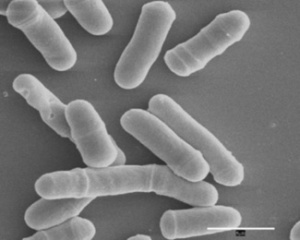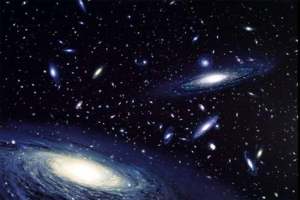SpaceX’s primary rocket engine craft, the Falcon 9, debuted in 2010 along with their Dragon spacecraft. The engine is a very advanced, twin-engine rocket. Unfortunately, the engine suffers from all the same problems as other engines, it’s single use. Like all other rockets, the engine is used to propel the spacecraft into orbit, then it falls back to Earth in two stages. On September 29, 2013 SpaceX tested a prototype replacement engine, the Falcon 9 v1.1. What makes this so exciting is that it is able to restart itself after detaching from the rocket and slow its decent to Earth, allowing the rocket to be used multiple times. According to SpaceX CEO Elon Musk, the engines are 75% of the cost of the rocket.

The new Falcon 9 v1.1 launching from Vandenberg AFB in California. Source: Discovery
After dropping off its payload, Falcon 9 v1.1 reignited its first-stage engines, slowing its decent as it passed through Earth’s atmosphere. For an engine to survive re-entry, this is the most important step. Eventually, the rocket can make a soft ocean landing or even return to the launch pad and land itself. This stage required two engine re-ignitions, the first of which was successful. The second re-ignition was stopped after it was discovered that the engine was spinning in mid-air, causing the gas-lines to choke due to centrifugal forces. According to Musk, “It caused the boost stage to run out of propellant… before hitting the water. It hit relatively hard. We recovered portions of the stage, but the most important thing is we now believe we have all the pieces of the puzzle”.
SpaceX has been developing a different engine which is codenamed Grasshopper. This engine has the capacity to take-off and land itself, which aims to solve one of the greatest problems facing interplanetary travel at the moment. Currently, all trips to other planets are strictly one-way. In conjunction with tests run with Grasshopper and Falcon 9 v1.1, scientists believe they have sufficient data covering all aspects of a round-trip back to Earth. Musk claims that “[we] have all the pieces necessary to achieve a full recovery of the boost stage … That’s actually what has got me most excited about this flight”.
SpaceX expects to demonstrate a full recovery of Falcon 9 v1.1 in 2014.













